Sightseeing Spots
Search Results314
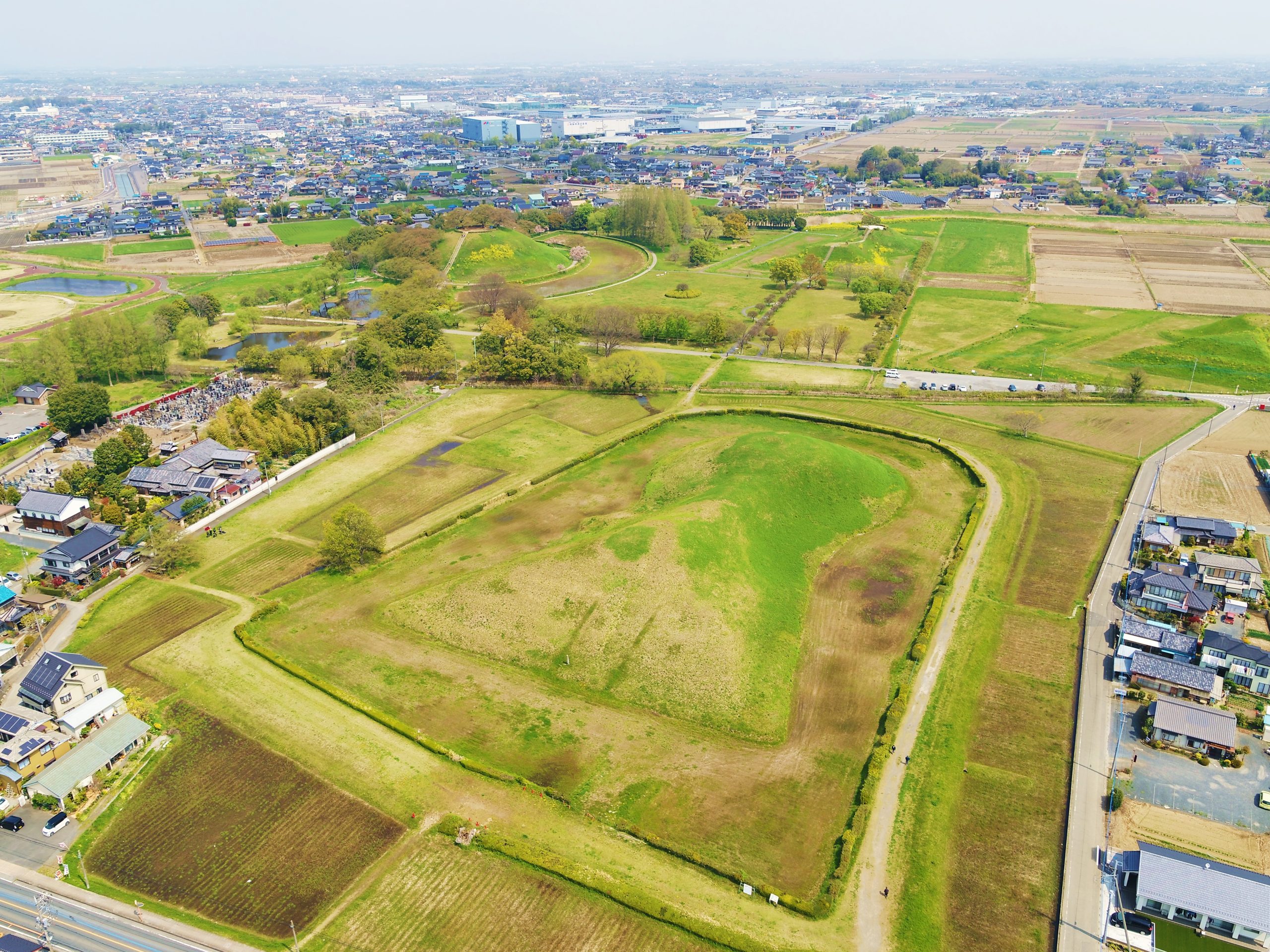
Many valuable cultural properties are stored here, such as the “Sakitama Kofun" (megalith tombs) built between the late 5th century and early 7th century and the national treasure “Musashi Sakitama Inariyama Kofun Artifact." At this facility you can also climb both the Inariyama Kofun and Maruhakayama Kofun. (For more information regarding the facility, please refer to the URL below.)

Sakitama Kofun Park is home to nine large megalithic tombs (kofun), such as the "Inariyama Kofun," where the national treasure the "Iron Sword with Golden Illusions" was excavated, and the largest kofun in Japan, "Maruhakayama Kofun," a popular cherry blossom spot. Gyoda City Sakitama, where the park is located, is also known as the origin of Saitama Prefecture's name (the characters for "Sakitama" are also read as "Saitama"), and you can see the stone monument commemorating this in the park.

At this park on the Kanto Friendship Trail (Kanto Fureai no Michi), the blooming flowers around the Shimokubo Dam (Lake Kanna), visible from below on the north side, are the delight of many tourists from spring to autumn. In addition, around 600 rare winter cherry trees blooming in the park from late October to early December create a very special atmosphere. There are also campsites, restaurants, souvenir shops, BBQ areas, observation decks, and more. It's the perfect place to enjoy a day of fun with the family!

This is a museum for classic Rolls Royce and Bentley automobiles which displays among others, Jirō Shirasu's beloved Bentley, and the Rolls Royce of the former prime minister, Shigeru Yoshida. Watch the opening and closing of the doors, listen to the sound of the engines, and see the cars in motion, feeling the power of these formerly active classic automobiles, in the present day.
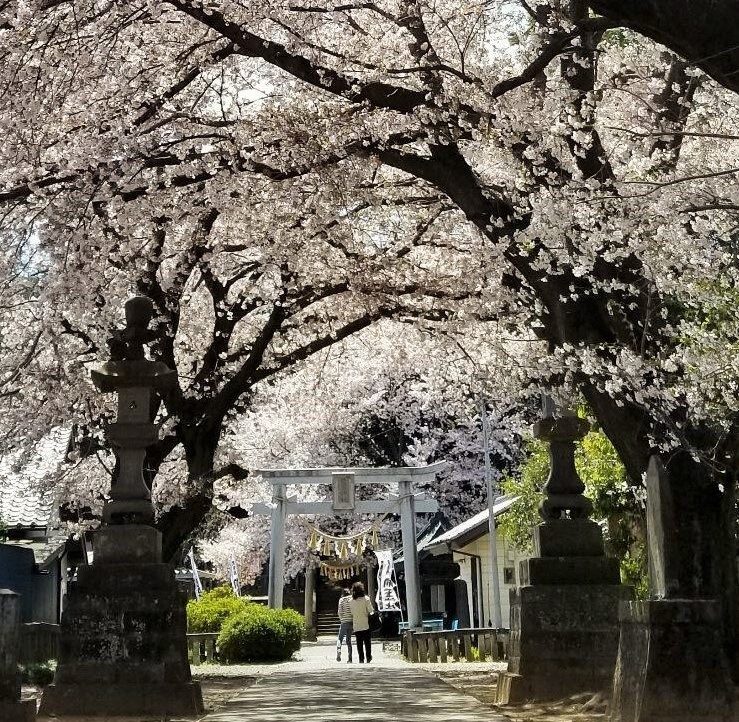
Sakitama Shrine is an ancient shrine with a majestic and calm atmosphere which holds a history of a thousand and a few hundred years, and is the origin of Saitama Prefecture's name. The main building of the shrine has a height of 8.7 meters, a circumference of about 92 meters, and is built on top of a megalith tomb (kofun) called Sengenzuka, connected to the Saitama Kofun Group. The deity has two pillars: Sakitamahime-no-mikoto and Sakitamahiko-no-mikoto, gods that protect individuals and bring good fortune and success in matrimony. Recently, a popular limited edition go-shuin (seal stamp) with a motif of the 4 cats that reside in the shrine is available (every month on the 22nd including a few days before and after).

Hanazono Forest is a sweets theme park modeled after a quiet European mansion, just two minutes away from Hanazono Interchange by car. Baumkuchen, sweets and souvenirs perfect as gifts, cakes and gelato specially selected by pastry chefs, freshly baked bread and outlet products are also available. Enjoy your favorite pastry or bread while strolling in the vast, beautiful rose garden.
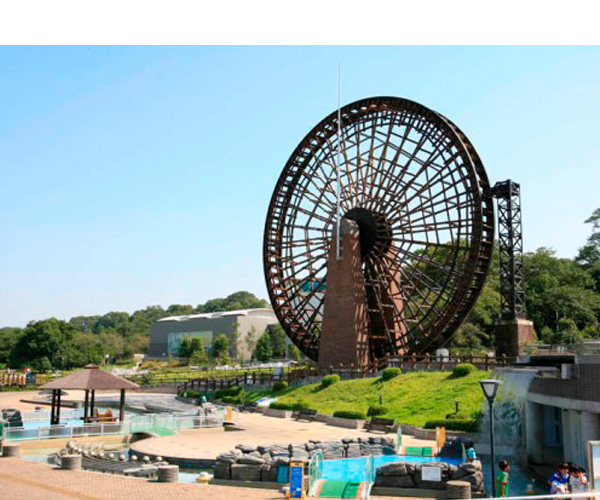
The Saitama Museum of Rivers is an experience-oriented comprehensive museum centering around the Arakawa river with the theme of water and the livelihood of people.

The dam constructed on the Arakawa River in Yorii Town is called the "Tamayodo Dam," and the artificial lake created by the Tamayodo Dam is known as “Lake Tamayodo (Tamayodoko).” Visitors can enjoy activities such as canoeing and rafting on this peaceful lake known for its highly transparent water and surrounded by forest. It is also a famous spot for autumn leaves in Yorii Town.
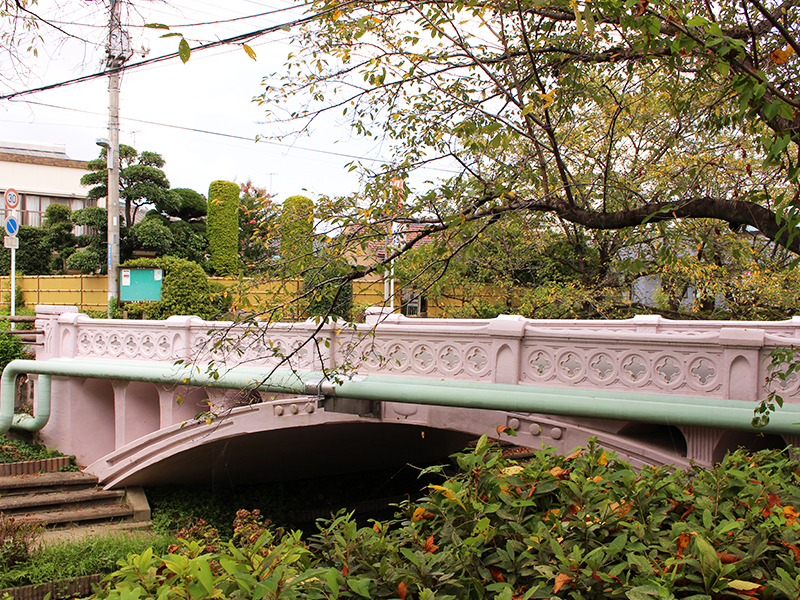
Eight of the total sixty-one kilometers of the Motoara River run through the Fukiage area. There are seventeen bridges on the river, including the Shinsaga Bridge, a Civil Engineering Heritage Site selected by the Japan Society of Civil Engineers. Many of the bridges are decorated with poems and sculptures, making exploring them a perfect activity for some leisurely sightseeing!

Hachigata Castle is a prime example of Sengoku-period (late 15th-16th centuries) fortresses in the Kanto region and is recognized among Japan’s top 100 castles. It is said to have been built in 1476 (Bunmei 8) by Nagao Kageharu, the chief retainer of the Yamauchi Uesugi clan, who served as the regional governors of the Kanto region. Later, Ujikuni, son of warlord Hojo Ujiyasu from Odawara, expanded and fortified it to its present scale. During Toyotomi Hideyoshi's siege of Odawara, the castle was besieged by forces led by Maeda Toshiie and Uesugi Kagekatsu. After defending for over a month, it was surrendered on the condition that the lives of the garrison would be spared, and the castle was subsequently abandoned. The main bailey and other enclosures, surrounded by earthen ramparts and deep moats, still exist today. You can learn more about Hachigata Castle's history at the Hachigata Castle History Museum, located within Hachigata Castle Park. In addition to restored models and videos, the museum offers a virtual experience program where you can explore the castle grounds recreated using CG, giving you a sense of how it appeared in its heyday. Furthermore, by downloading the app "Yotte GO! Yorii Town" (風雲YotteGO!謎解き寄居町), you can view CG images throughout the park and enjoy interactive games.
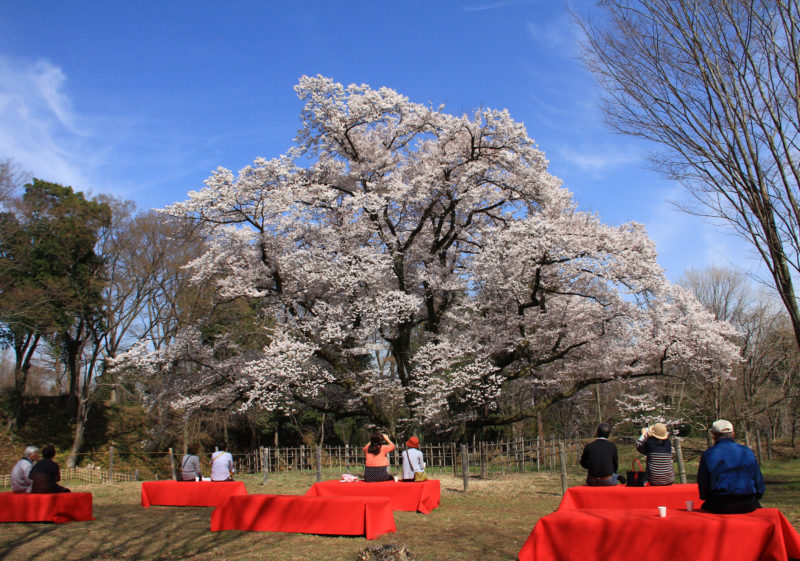
The Edohigan Sakura tree located in Hachigata Castle Park is a natural town monument. This cherry blossom tree is estimated to be over 150 years old, and flowers bloom beautifully on its umbrella-shaped canopy of branches every year around the end of March. You can also enjoy the evening illuminated cherry blossoms during peak season!
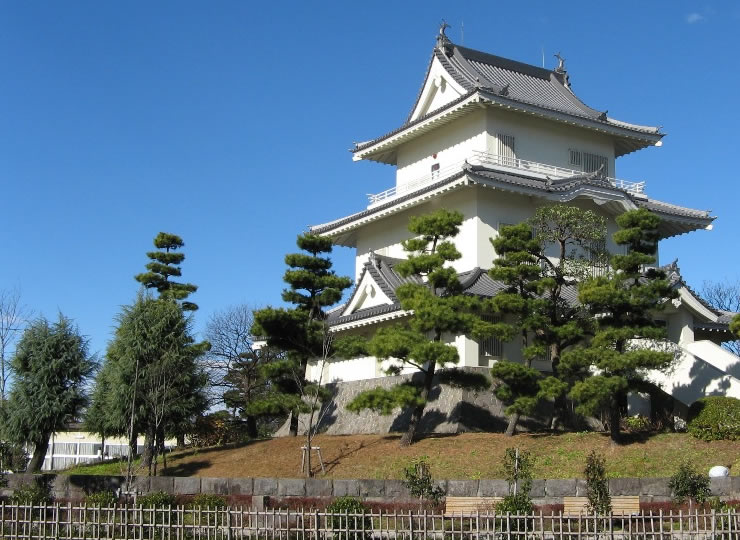
The original Kisai Castle was a one-story building enclosed by earthworks and walls, and it was restored as a castle with an impressive keep. Local collections of the unearthed artifacts and historical collections found through the excavations of the Kisai region are displayed in the exhibition room.
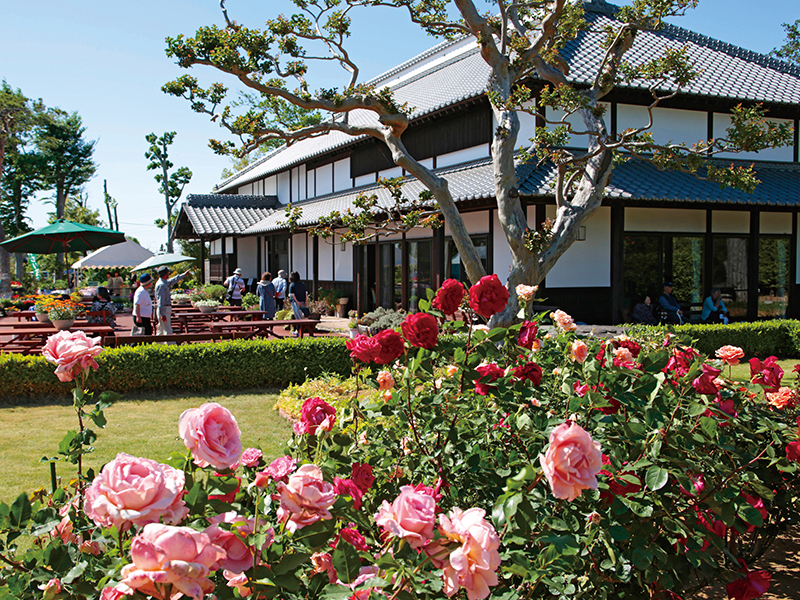
From the moment you pass through the Nagaya gate, you will find yourself in an atmosphere of peace and nostalgia in this old traditional house. In the garden, roses are in full bloom, and inside the facility there is a restaurant where visitors can enjoy a meal and a local produce specialty store for buying fresh vegetables. This is the perfect place for a relaxing time.
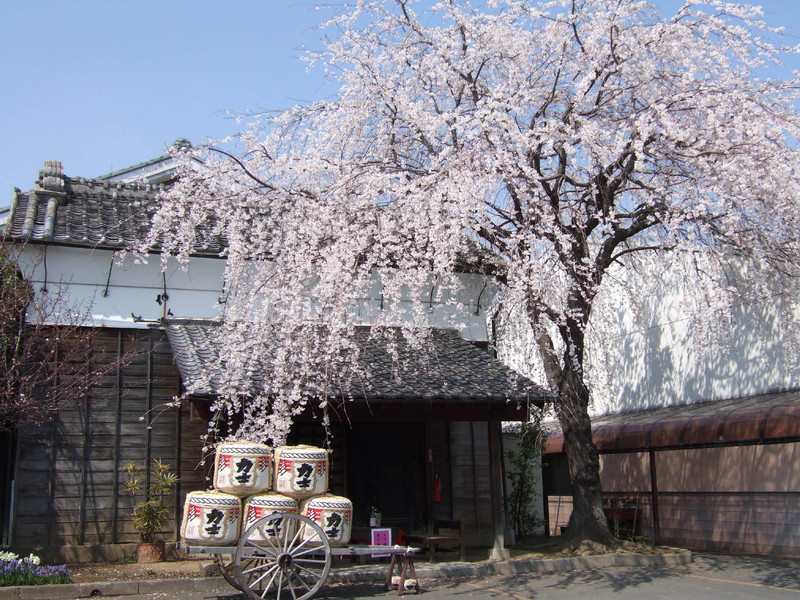
With old storage houses dating from the second half of the Edo period to the Shōwa era, visitors can feel the charm of an authentic sake brewery. The historic Tamashiki Shrine and Kisai Castle are nearby, and there is a promenade set up for a relaxed stroll in the countryside.

From this observation deck located at 370 meters, you can enjoy a panoramic view of Yorii Town and the glittering skyline at night. In September, this place is popular for observing the seasonal hawk migration.
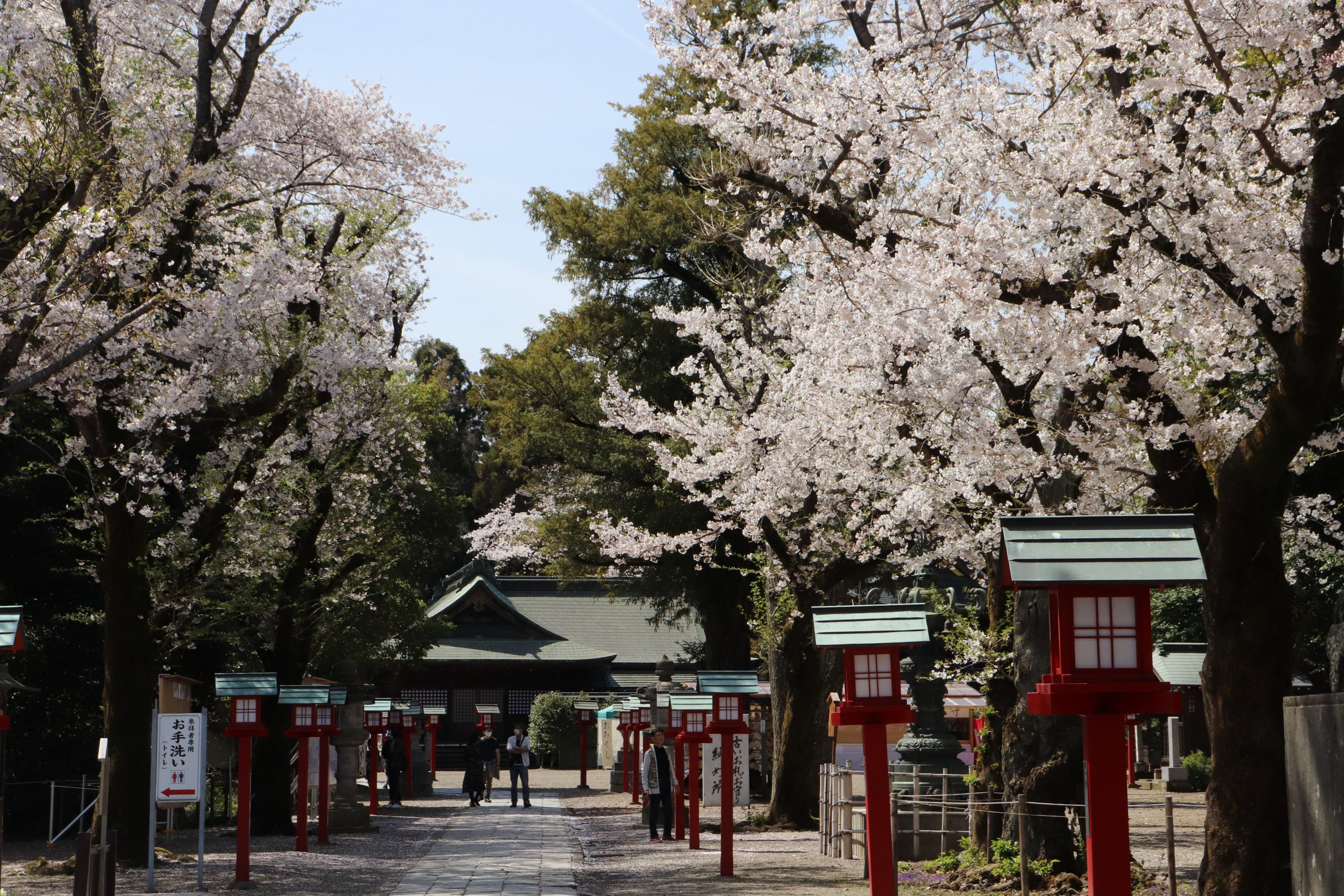
This is the oldest grand shrine in Kanto. It is said to have been founded by descendants of the Izumo family because of its old nickname, Hazenomiya; another theory is that it was established by Yamato Takeru 1900 years ago in the time of Emperor Keikō. The Washimiya Saibara Kagura music and dance is a tradition in the shrine and is designated as an important intangible folk cultural property of the country. The shrine also appears in the animation “Lucky Star,” and Washimiya shrine uses this connection to the work to revitalize the area.
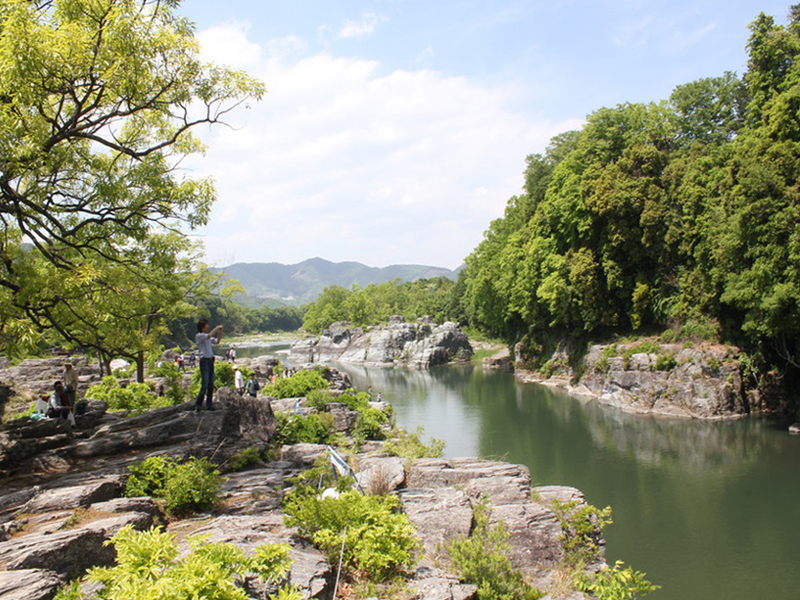
The Arakawa Line downstream boating in Chichibu Nagatoro allows you to ride upon the beautifully layered stone riverbed, which is designated as a national natural monument. It is a relaxing course with a couple of thrills along the way, but perfectly safe for children and seniors to enjoy as well. While listening to the boatman's entertaining speech, you can enjoy the cherry blossoms in the spring, the cool breeze in the summer, the beautiful colors of autumn, and the warmth of the kotatsu (heated table) boat in the winter. In other words, a perfect outdoor activity regardless of the season!
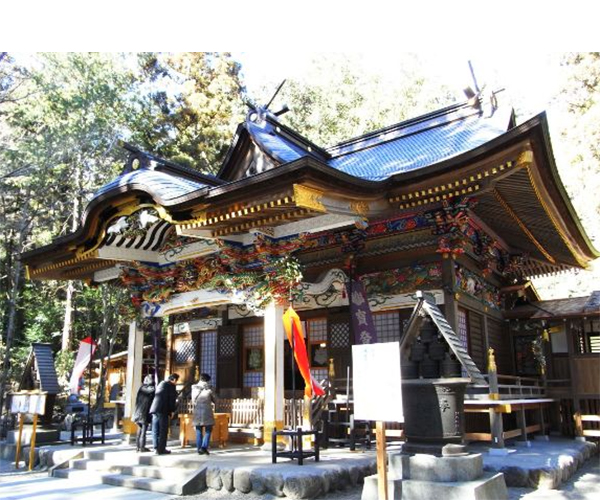
This shrine was said to be founded by Yamato Takeru, the 12th Emperor of Japan, around 2,000 years ago. The current main building of the shrine is Shinto-style architecture, where the main hall and worship hall share one roof and are connected by an intermediate passageway. The main shrine, hall of offerings, and hall of worship were rebuilt during the end of the Edo period to the early Meiji period. The shrine is said to protect from fires, theft, and pain. Not only do many worshipers come from the local area, but also from throughout Kanto region, with more than one million annual visitors.

This garden is located on a vast field of about 10,000 square meters behind the Nagatoro Town Folk Museum. The Japanese name "Hanabishisou" comes from the shape of the California golden poppy, which is said to resemble a rhombus ("hishi" in Japanese, read "bishi" in the name). In early summer, California golden poppies bloom all over the entire hill, and from May to June, the contrast between the deep blue sky and the vivid orange flowers is mesmerizing.
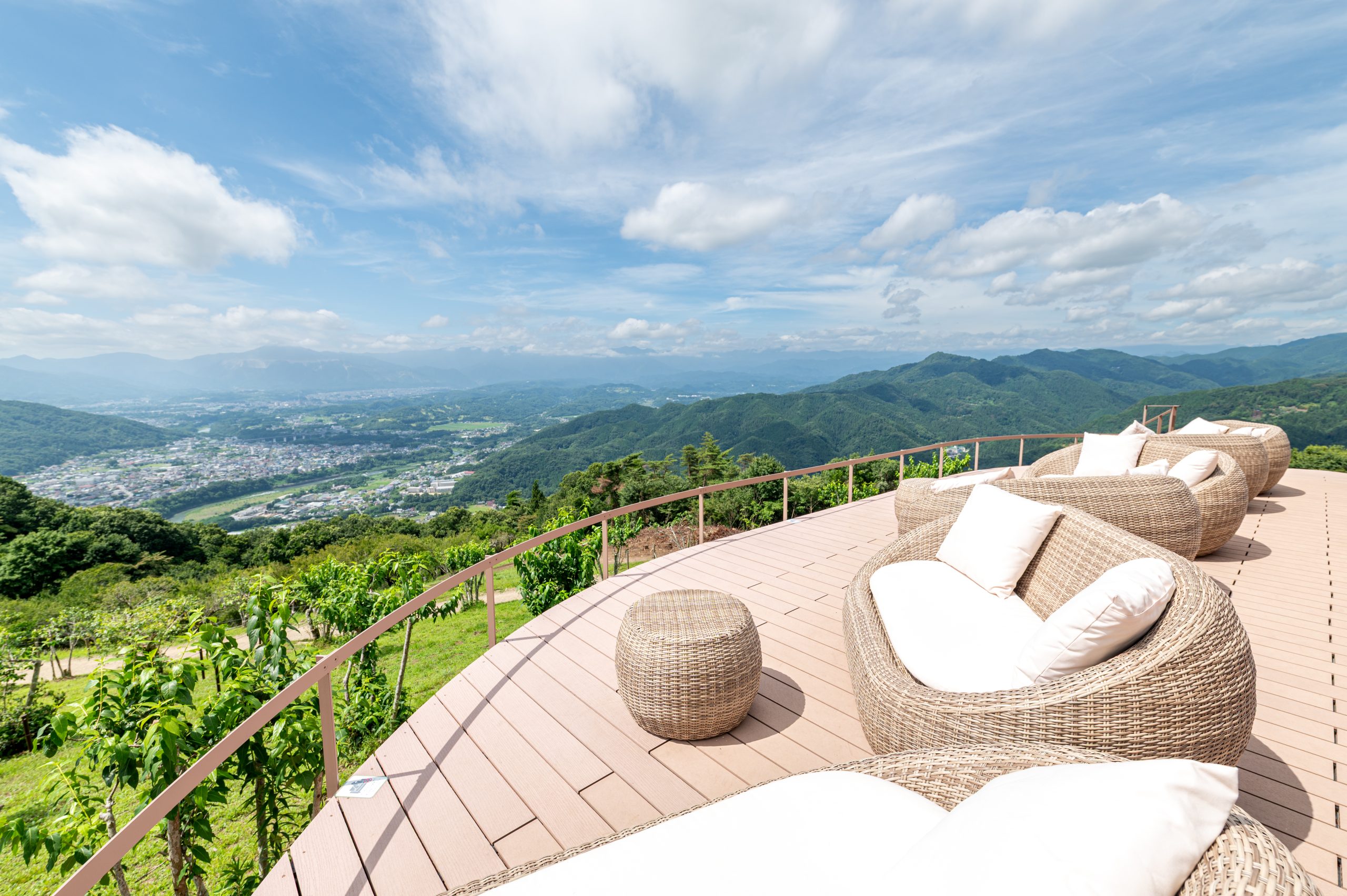
Susabino Terrace offers stunning mountain views from the summit of Mt. Hodosan in Nagatoro, Chichibu. It’s a great spot for a day trip from Tokyo or exploring Saitama’s hidden gems. Enjoy drinks or light snacks while relaxing at photo spots, a view counter, benches, and a lounge area. Perfect for couples, families, and nature lovers. The terrace is surrounded by wintersweet trees, and from mid-January to late February you can enjoy panoramic views of yellow blossoms and their sweet fragrance. For a peaceful, scenic escape near Tokyo, Susabino Terrace is a must-visit!
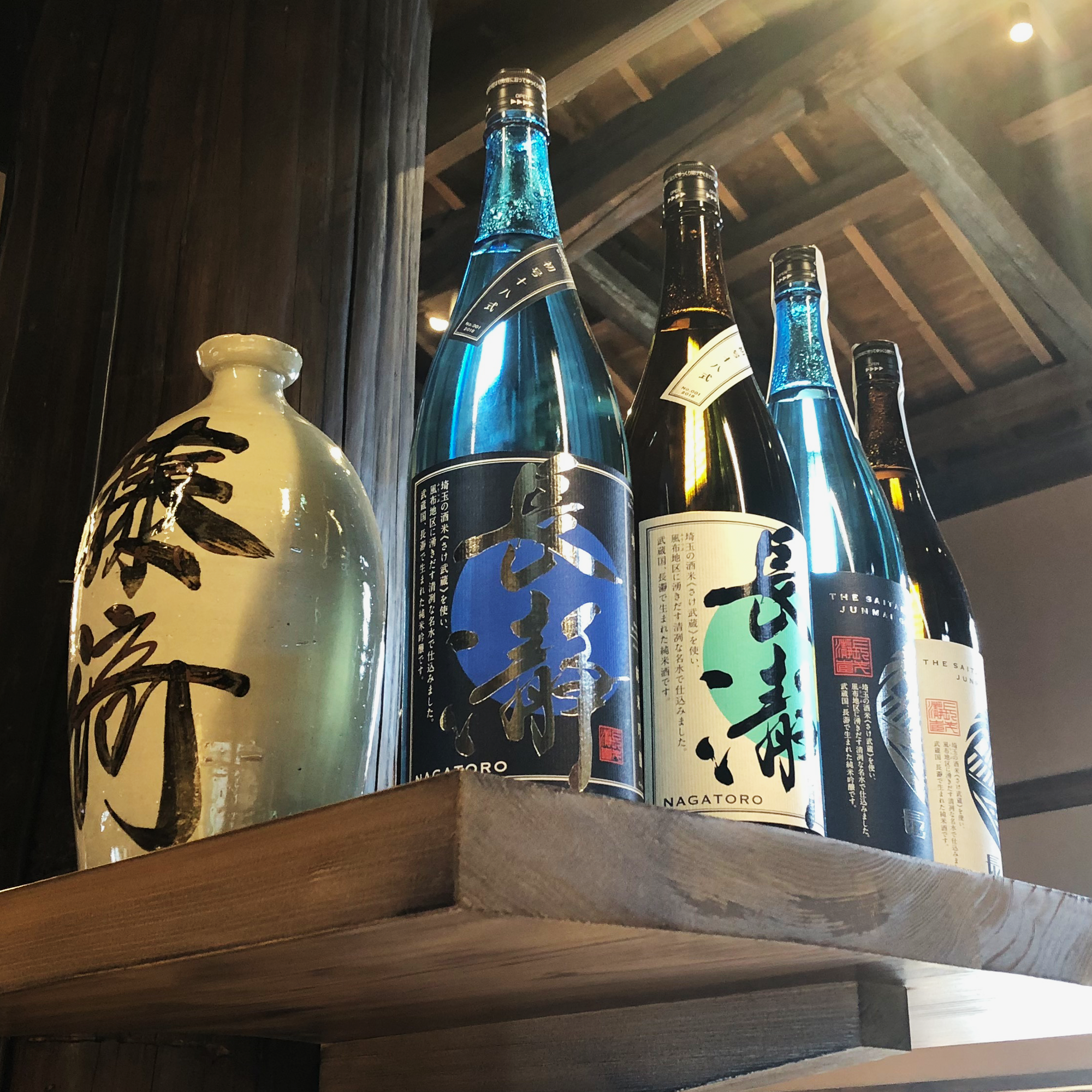
Established 290 years ago, Nagatorogura Sake Brewery and Boutique Store is a sake brewery that carries on the spirit of 11th Hino merchant Sōbē Fujisaki, who devoted his life to bringing Saitama’s Japanese sake to the world. In September 2018, to further pursue Sōbe Fujisaki's sake brewing tradition of “polish with skill and brew from your heart," the sake brewery moved to Nagatoro, a beautiful place of nature. Using naturally flowing water from the Fuppu area and rice grown on Saitama soil, we are producing the Japanese sake "THE SAITAMA ORIGINAL." (For more information about our facility, please visit the URL below.)
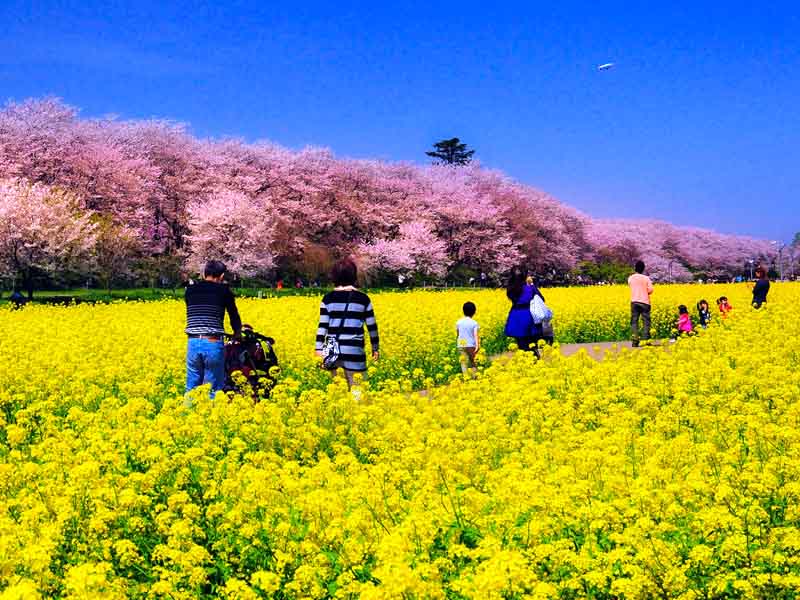
Gongendo Park is a hot spot for cherry blossoms, thanks to a 1 km stretch of 1,000 Yoshino cherry trees contrasting with beautiful yellow rapeseed flowers, and the park is filled with revelers every year. In addition, in June you can enjoy stunning hydrangea, in September the vivid red spider lily, and in January the charming white daffodils. A wonderful spot to visit, regardless of the season!

Plum planting began in 1986 at Ume Hyakkaen Garden. You can enjoy about 170 varieties of plum flowers, including rare ones such as the early blooming red plum during the winter solstice and the three famous flowers of the moon, mangetsu, tagoto, and soumei. From mid-February, about 470 plum are in full bloom, and the fragrant plum scent spreads all the way to the summit.
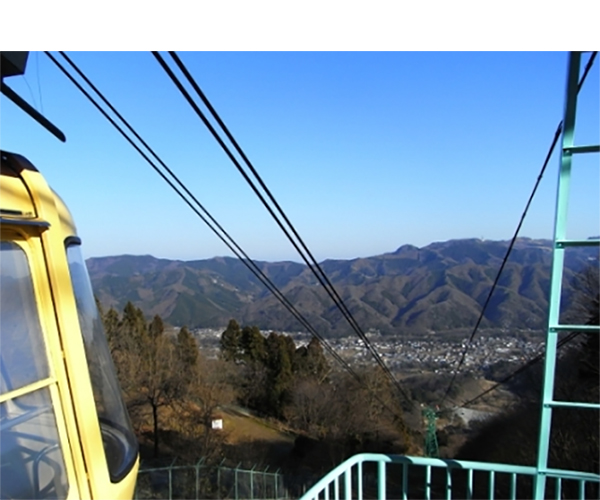
This ropeway was installed on Mt. Hodōsan at an altitude of 497 meters, connecting the 832 meter distance from Sanroku Station to Sanchō Station in 5 minutes. The two gondolas go back and forth between Sanroku and Sanchō Stations operating under a four-line crossing system. The gondolas’ names, “The Bambi” and “The Monkey I,” both originate from the popular Japanese macaque and deer that inhabit the small zoo on Mt. Hodōsan.
This site uses cookies to improve the user experience. If you continue to browse, you consent to the use of cookies on this site. Accept
CONTACT
